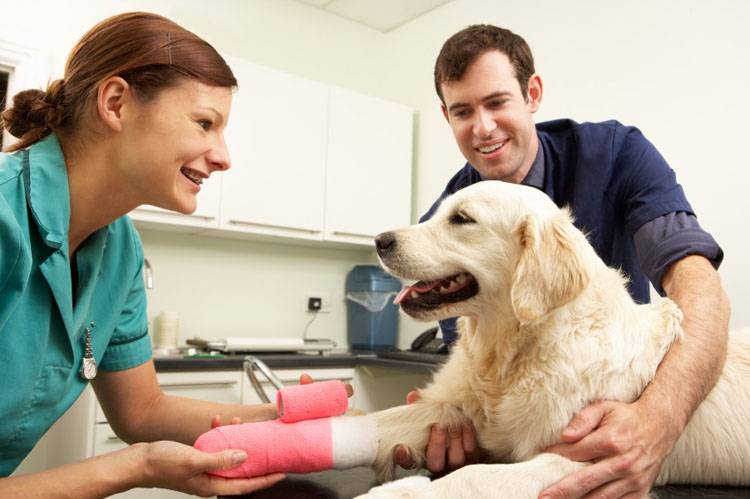What Does My New Pet Really Need?
The arrival of a new pet into a household involves some planning and preparation, just like bringing home a newborn. Apart from dog cooling vests there are various other things to make the adjustment easier for both you and your priceless new baby.
Your time and attention
Will you have enough time to take your dog for three daily walks? Will you be sure to give your cat a nightly workout? If the response is negative and you are unable to find anybody to carry out those necessary duties, you should stop right here and think about getting a fish or a parakeet as a low-maintenance animal companion.
Visits to a good veterinarian
Your top focus should be making sure your pet is healthy. Your animal should have any pre-existing conditions identified, immunized against disease, and chipped during his initial appointment by your veterinarian. Find out when your pet can be neutered or spayed at this time. You would also need to consult your vet about the vaccines and vaccine schedule for your pet.
A carrier or crate
How are you going to get the cat or puppy home? When you adopt from a shelter, they could provide you a box with a lid you can close. If not, use a kennel lined with a towel or soft bedding to contain the animal.
A collar and a leash.
The presence of a collar on a cat or dog indicates that it belongs to someone. Additionally, a leash is necessary if you intend to take your pet outside. If your new pet wanders off, you are more protected with a Home Again collar tag.
Store snacks and meals
Your growing pet will be hungry, and a healthy diet sets your pet on the right path. Request product suggestions from your veterinarian. And avoid behavior issues by never giving your pet food at the same table as you and your family.
One of the worst judgments anybody can make is picking a pet based solely on how well-liked or adorable it is. These animals are all too frequently abandoned at an animal shelter without any formality when their excessive energy, neediness, intolerance, etc. become apparent.
Make Your Home Pet-Friendly
Did you know that ibuprofen is poisonous to cats and that chewing gum can be fatal to dogs? Before bringing a new pet home, it is crucial to thoroughly go through your house to look for any risks and move them out of the way or outside the property. This includes worktops, cabinets at pet level, chemical bottles on the floor, small toys, electrical cords, and curtain cords. And it goes further than that. If you carry a handbag or bag, you must search for and remove any potential hazards, such as sugar-free gum, and you must also inspect your home and yard for hazardous plants for dogs or cats.
Choose bowls for food and water
Look for a location in your home where you can place two bowls so that your puppy or kitten may eat and drink without being bothered. Use bowls you already have or get some new ones; just be sure the lips aren’t too high for a child to reach or it can topple over.
Pet Training
The housetraining process must begin as soon as you bring your pet home if you want your happy household to stay happy. Introduce the kitten to his litter box as soon as you bring him inside if you are adopting one. Leash up the puppy and take him outdoors to begin getting to know his neighborhood if it is a puppy. The majority of puppies will feel intimidated by their new environment, and you don’t want to give your puppy any additional anxiety. On the initial outing, a very brief stroll will do. On that first outing, start your training. While the puppy is going potty outside, tell him to “Go now.” Repeating this order will eventually result in its realization.
Pet Insurance, dog insurance or cat insurance
A monthly premium is required for the policy that covers pet health care. You pay the costs up front if your pet is ill or hurt, then make a claim to the pet insurance, dog insurance or cat insurance company for reimbursement. You might also have to pay a deductible and a portion of the price depending on the insurance, and most policies exclude specific diseases and prior conditions. The advantage of pet insurance is that cost will be less of a deciding factor when deciding whether to go with a significant surgery, despite the fact that the monthly fees can build up to a few hundred dollars per year. Treatments for illnesses and injuries can set pet owners back hundreds or even thousands of dollars.





